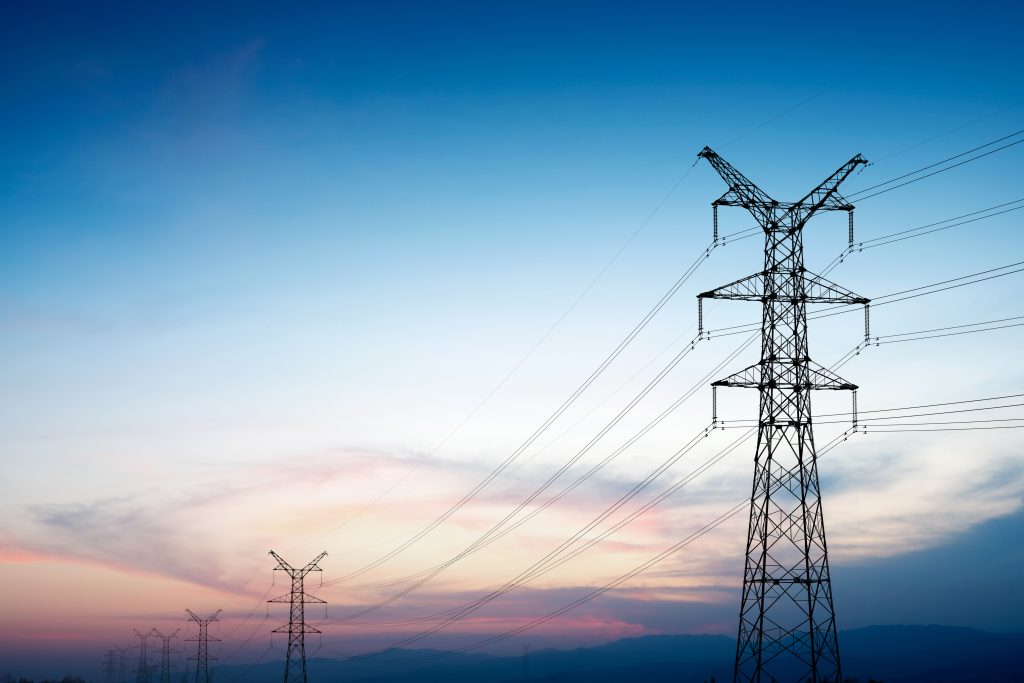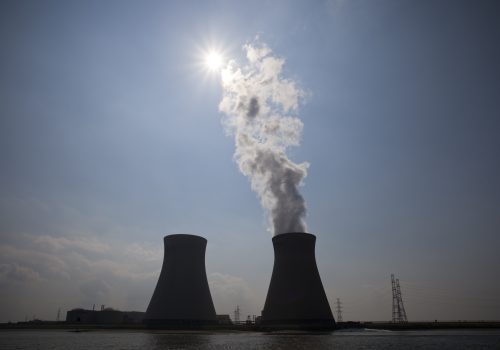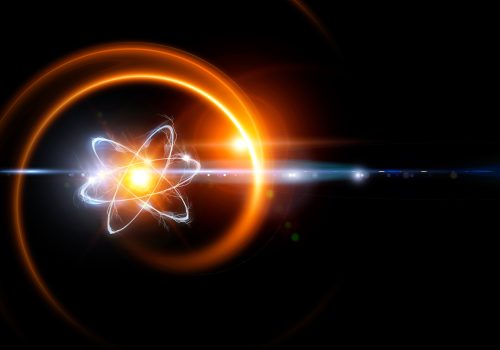On August 30, the US Department of Energy (DOE) issued a request for information for the Grid Resilience and Innovation Partnership Program, a $10.5-billion initiative from the Infrastructure Investment and Jobs Act to modernize and reinforce US transmission and distribution networks. Here are two areas the DOE should address when administering this program.
1.) Accelerate the integration of grid-enhancing technologies.
New transmission development in the United States faces considerable roadblocks. The buildout of long-range transmission that would connect generators with faraway load centers is plagued by not-in-my-backyard sentiment, cost-sharing disagreements, and anti-competitive pressure from utilities. Transmission builders would likely clamor for the inclusion of the cost of new lines in their rate bases and hike electricity ratepayers’ bills accordingly, and a transmission investment tax credit that could lower capital expenditure and potentially ease pressure on ratepayers did not make it into the final draft of the Inflation Reduction Act. Policymakers have tried to tackle the issue through permitting reform bills and Federal Energy Regulatory Commission (FERC) rules, but both are being buffeted by political headwinds.
Until the United States marshals the political capital to build new transmission in a cost-effective and fair way, the country will have to make do with what it has. The best way to do so is through the deployment of grid-enhancing technologies (GETs) that optimize power flow across existing grids, giving new life to underutilized electrical infrastructure.
There are two main GET classes. The first is dynamic line-rating (DLR) systems, which give real-time data on power lines’ true capacity. Most power lines are currently tagged with an unchanging, nameplate capacity, and they carry a set amount of current no matter the external conditions. But in actuality, these conditions—which include wind speed, air temperature, humidity, and other weather-related factors—have a profound impact on the amount of current a power line can carry, often creating more capacity. Static capacity ratings do not allow grid operators to take advantage of weather-induced excess capacity and increase power delivery, but DLR systems would. In extreme cases, DLR systems can also raise the alarm if a power line’s true capacity is lower than its nameplate capacity at a particular time, helping grid operators avoid pumping too much current through it.
The second class of GETs consists of devices that balance the flow of power around the grid, encompassing both topology optimization software and advanced power flow control devices. These systems ease congestion by automatically reconfiguring grid flows and redirecting current from overburdened to underused lines, ensuring safe delivery. Grid congestion is extremely costly, and it often leads to curtailment of renewable resources before any fossil-fuel generation sources. This class of GETs would thus maximize renewable uptime by circumventing bottlenecks, displacing more carbon and making investment in renewables even more attractive.
These two GET classes are best suited for different parts of the electrical network, but together, they can unleash the flow of much more power from source to endpoint and correspondingly reduce the need for new lines. They can also improve grid resilience and responsiveness during extreme weather conditions that jeopardize current delivery.
FERC recognized the value of GETs in an April notice of proposed rulemaking, and for the US grid to be able to affordably keep pace with economy-wide electrification while steering clear of debilitating political wrangling, DOE should too. The three funding streams in the Grid Resilience and Innovation Partnership Program, all of which GETs would fit into, are a great start.
2.) Support the development of high-voltage dry-air transformer equipment.
On September 21, the Senate ratified the Kigali Amendment to the Montreal Protocol, signing on to the global phase-out of hydrofluorocarbons. These gases are a subset of the broader fluorinated gases category, whose member gases are widespread in refrigeration and insulation applications. Fluorinated gases have thousands of times more global warming potential (GWP) than CO2, meaning that for a given amount of mass, they trap thousands of times more heat.
Now that the United States has officially kicked off the process of ending hydrofluorocarbon use, it is time to shift focus to the worst fluorinated gas of them all: sulfur hexafluoride, or SF6.
SF6’s GWP is 23,500 times that of CO2 over a hundred years. It is the most potent greenhouse gas (GHG) in the atmosphere. This makes it an excellent insulator for electrical transformer equipment (also known as “switchgear”) operating at high voltages, but it also makes it extremely deleterious to the climate, especially as high-voltage and ultra-high-voltage transmission networks expand over the coming decades—the global electrical switchgear market is forecast to reach $152.5 billion by 2029, and gas-insulated switchgear, which is particularly space-effective and mostly employs SF6, is projected to increase greatly in market share. Already, global annual SF6 emissions—the vast majority of which emanate from switchgear—total 8,100 metric tons, or the equivalent GHG footprint of 100 million cars.
Several jurisdictions are taking action. California has an SF6 phase-out order in place for switchgear, as does the European Union. Massachusetts has instituted SF6 emissions limits for transformer substations. US and global demand for cleaner switchgear equipment is growing inexorably.
To replace SF6, some developers have proposed turning to other fluorinated gases with lower GWPs. But this swapping of greenhouse gases would still introduce undesirable climate risk to the electrification-driven transition.
A more climate-conscious solution is dry-air transformer equipment, which is insulated by a gas admixture that mimics the makeup of the atmosphere and thus has a GWP of zero. A number of major original equipment manufacturers (OEMs), including Siemens Energy, Schneider Electric, and Mitsubishi Electric Power Products, have made breakthroughs on certain key dry-air switchgear components, but only Siemens Energy currently has a dry-air suite that can operate at high voltages.
DOE-led initiatives like the Grid Resilience and Innovation Partnership Program will be necessary to realize a complete high-voltage dry-air equipment ecosystem in the United States. Federal support would give OEMs the resources to develop high-voltage dry-air technologies that are compact and safe (dry-air equipment has to compensate for its poorer insulation ability per unit mass with much higher pressure), train their technicians, and achieve the economies of scale needed for cost competitiveness. Using program funding to back dry-air switchgear development would position the United States as a leader in the rollout of high-value, high-demand technologies that enable emissions-free electrification.
While often talked about as an indeterminate means to an electrified end, the grid is made up of highly intricate physical assets that need to be optimized to propel the energy transition, not hinder it. GETs and dry-air switchgear are just two of the ways DOE can orient the $10.5 billion to make sure the electrical networks of the future are nimble, secure, and climate-friendly.
Ameya Hadap is a program assistant at the Atlantic Council Global Energy Center.
Meet the author
Related content
Learn more about the Global Energy Center

The Global Energy Center develops and promotes pragmatic and nonpartisan policy solutions designed to advance global energy security, enhance economic opportunity, and accelerate pathways to net-zero emissions.
Image: Transmission lines and pylons. (gjp311, Adobe Stock, Standard License) https://stock.adobe.com/license-terms





